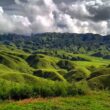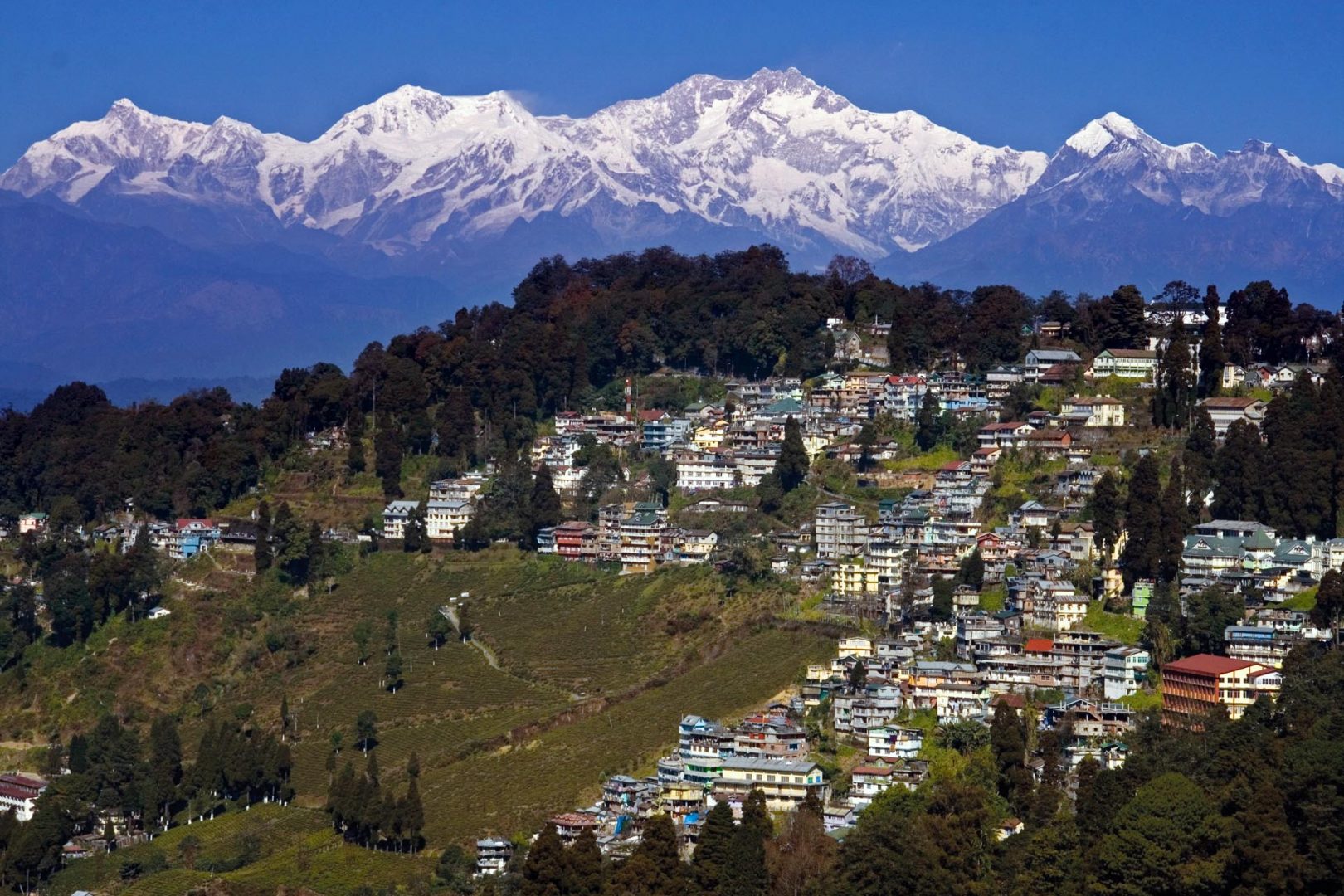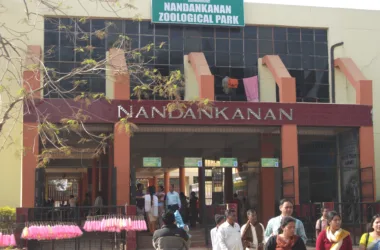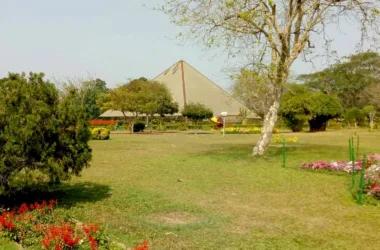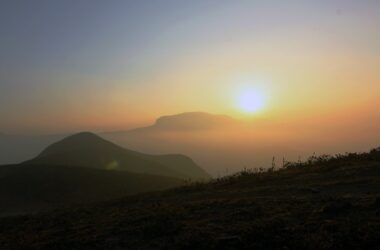The Mahabodhi Temple in Bodh Gaya, one of India’s top spiritual sites, is not just a temple that marks the spot where the Buddha was enlightened. This elaborately designed and immaculately maintained complex has a very soothing and serene atmosphere that can be embraced and appreciated by people from all walks of life.
After a drive of over three hours from Patna to Bodh Gaya, during which my driver honked the car almost non-stop, I was in dire need of rest. But will I be able to find the kind of peace I was looking for?
The nearest city to Bodh Gaya, called Gaya, was a loud and fierce rumble of people, animals, roads, and all kinds of traffic. So, I feared that a similar atmosphere could happen in Bodh Gaya, only 12 km away. Fortunately, my concerns were unfounded. I also had a deep experience of mediation at the Mahabodhi Temple.
History of the Mahabodhi Temple
The Mahabodhi Temple was declared a UNESCO World Heritage Site in 2002. As impressive as it is, the temple complex didn’t always look like this. Before 1880, when it was restored by the British, all accounts indicate that it was a tragically neglected and partially demolished ruin.
It is believed that the temple was first constructed by Emperor Ashoka in the 3rd century AD. Its present form dates back to the 5th or 6th century. However, much of it was destroyed by Muslim rulers in the 11th century.
Even the Bodhi (fig) tree present in the temple complex is not the original tree under which Buddha attained enlightenment. Obviously, this is likely to be the fifth succession of the original. Other trees were destroyed over time by man-made and natural disasters.
Inside the Mahabodhi Temple Complex
As I passed the noisy throngs of enthusiastic vendors selling common devotional paraphernalia, I had a glimpse of what was waiting for me inside the temple complex – and my spirit jumped with joy. I didn’t think it would be that big, and there were so many places where I could lose myself in its vast grounds.
Indeed, apart from the main temple, which houses a gold-painted Buddha statue (made of black stone built by the Pala kings of Bengal), there are many different places where the Buddha spent time after being enlightened. Signs indicate where each one is, and by searching for them all, you will be able to trace back Buddha’s movements.
Of course, the most important of the holy places is the Bodhi tree. Not to be confused with the many other large trees in the complex, it is located to the west directly behind the main temple. The temple faces east, the direction in which Buddha was meditating under the tree.
To the south, a pond is attached to the temple complex, and the Buddha is said to have taken a bath. Nevertheless, it was the area around the inner courtyard of the complex, the place of contemplation (known as the Jewel House or Ratnaghar), that I was most attracted to. The Buddha is believed to have spent the fourth week after enlightenment in mediation. Nearby, monks prostrate, while others meditate on wooden planks, specially placed on the grass among a group of votive stupas under a giant banyan tree.
Meditating at the Mahabodhi Temple Complex
As the sun was setting, with monks beside me, I finally sat down to meditate aboard. As I have studied Vipassana meditation before, it was an experience I was looking forward to a lot. The tree branches upstairs were alive with the chirping of birds, while gentle chanting and a wave of incense in the background helped me lull myself into the quiet contemplation. Away from the rest of the noisy tourists, many of whom haven’t ventured into the area, I found it so easy to leave worldly worries behind. (Until the mosquitoes start attacking me, that is!)
Recently, a new meditation garden was built in the southeast corner of the temple complex, to provide additional meditation space. It has two huge prayer bells, fountains, and plenty of room for groups.
Many people wonder about the vibrations of the Mahabodhi temple complex. What are they really? In my view, those who take the time to be quiet and contemplate will be able to realize that the energy is very soothing and uplifting. It is positively influenced by the spiritual activities that take place on the temple grounds, such as chanting and meditation.
Opening Hours and Entrance Fees
The Mahabodhi temple complex remains open from 5 am to 9 pm. There is no entry fee. However, the charges for cameras are Rs 100 and for video cameras Rs 300. The Meditation Park is open from sunrise to sunset. A small entry fee is payable.
There are 30-minute chanting sessions at the temple at 5.30 am and 6 pm.
To maintain peace inside the temple premises, visitors must leave cell phones and electronic devices at the free baggage counter at the entrance.
Similar Articles
- Buddhist Circuit Bihar: Places to Visit
- Bodh Gaya India: Where Buddha Became Enlightened
- Sarnath: Place Where the Buddha Delivered His First Sermon
Important Links

